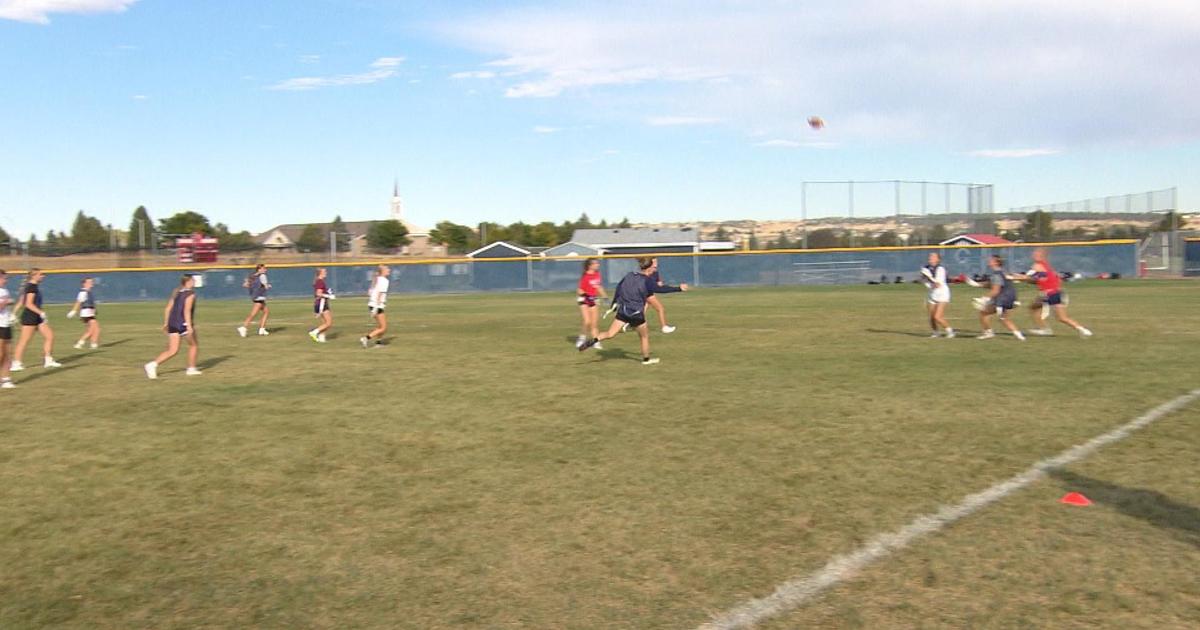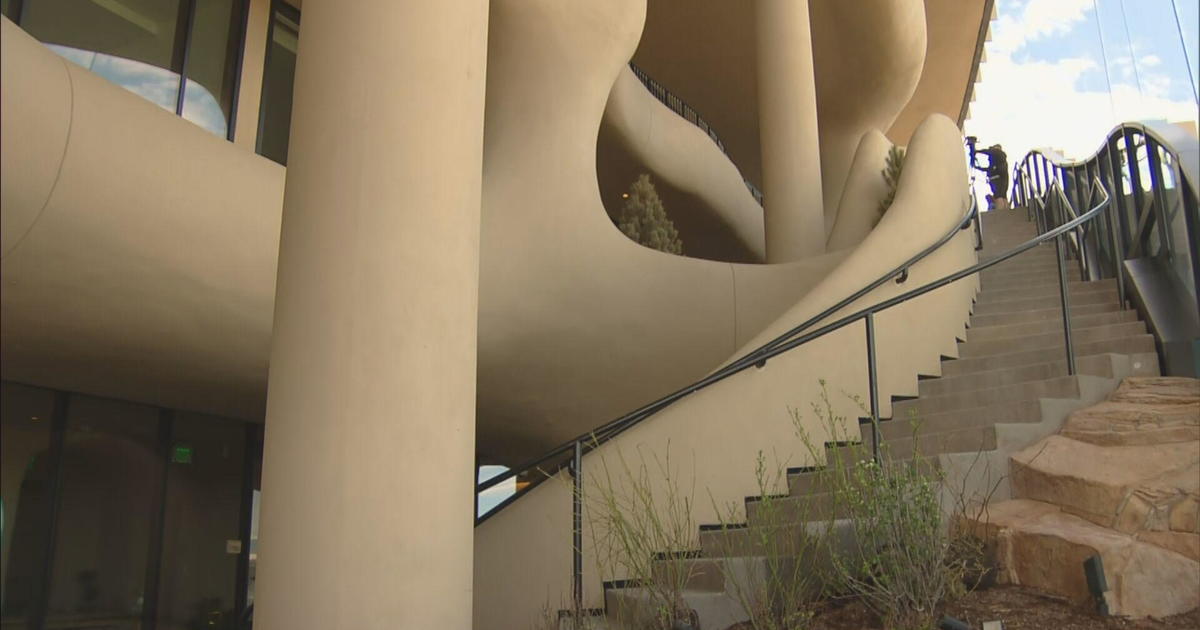Report: Racial Disparities In Arrests Persist With Legal Pot
DENVER (AP) - The legalization of marijuana in Colorado hasn't solved the racial disparities in enforcement that drug-policy reformers had hoped to end, with blacks still far more likely than whites to be charged with pot-related crimes, a new report says.
The report, issued Wednesday by the pro-legalization Drug Policy Alliance, showed that marijuana arrests in Colorado all but stopped after voters made the drug legal in small amounts for those 21 and older.
But the report noted continuing racial disparities involving the marijuana crimes that remain, including public use and possession in excess of the one-ounce limit.
The study examined drug arrests in all 64 Colorado counties for two years before and two years after legalization in 2012.
The total number of charges for pot possession, distribution and cultivation plummeted almost 95 percent, from about 39,000 in 2010 to just over 2,000 last year.
Even after legalization, blacks were more than twice as likely as whites to be charged with public use of marijuana. Blacks were also much more likely to be charged with illegal cultivation of pot or possession of more than an ounce.
"Legalization is no panacea for the longtime issues that law enforcement had with the black and brown community," said Art Way, Colorado director for the Drug Policy Alliance.
RELATED STORIES: Marijuana Legalization Story Archive
Still, the drop-off in overall arrests is good news for minorities, said Tony Newman, also of the Drug Policy Alliance.
"Despite the unsurprising racial disparities, these massive drops in arrests have been enormously beneficial to people of color," Newman said.
The analysis did not break out data for Colorado's largest ethnic minority, Latinos. That's because data comes from the National Incident-Based Reporting System, which does not tally numbers for Latinos.
The region's top law officer for coordinating drug enforcement, Tom Gorman of the Rocky Mountain High Intensity Drug Trafficking Area program, insisted that officers are not racially profiling pot users.
"Racial disparities exist in other laws. What does that mean, that homicide law, rape laws, weapon laws are racist? There are other factors going on here that we need to address," Gorman said.
After legalization, racial disparities did ease somewhat for marijuana distribution charges. Blacks accounted for about 22 percent of such arrests in 2010 and around 18 percent in 2014.
The arrest data got a mixed response from the regional head of the NAACP.
"The overall decrease in arrests, charges and cases is enormously beneficial to communities of color who bore the brunt of marijuana prohibition," Rosemary Harris Lytle said in a statement.
"However, we are concerned with the rise in disparity for the charge of public consumption and challenge law enforcement to ensure this reality is not discriminatory in any manner."
In 2014, the year Colorado's recreational marijuana stores opened, blacks were 3.9 percent of the population but accounted for 9.2 percent of pot possession arrests.
For illegal marijuana cultivation, the disparities didn't just persist. They got much worse.
In 2010, whites in Colorado were slightly more likely than blacks to be arrested for growing pot. After legalization, the arrest rate for whites dropped dramatically but ticked up for blacks. In 2014, the arrest rate for blacks was roughly 2.5 times higher.
The Drug Policy Alliance did not conduct a similar analysis in Washington state, which also legalized pot in 2012. But racial disparities appear to have persisted there, too.
Last September, Seattle's elected prosecutor dropped all tickets issued for the public use of marijuana through the first seven months of 2014 because most of them were written by a single police officer who disagreed with the legal pot law.
About one-third of those tickets were issued to blacks, who make up about 8 percent of Seattle's population.
A researcher who did not work on the Drug Policy Alliance report, sociologist Pamela E. Oliver of the University of Wisconsin, said the numbers reflect greater law enforcement attention paid to blacks.
"Black communities, and black people in predominantly white communities, tend to be generally under higher levels of surveillance than whites and white communities," she said in an email, "and this is probably why these disparities are arising."
- By Kristen Wyatt, AP Writer
Associated Press writer Gene Johnson in Seattle contributed to this report.
(© Copyright 2015 The Associated Press. All Rights Reserved. This material may not be published, broadcast, rewritten or redistributed.)



